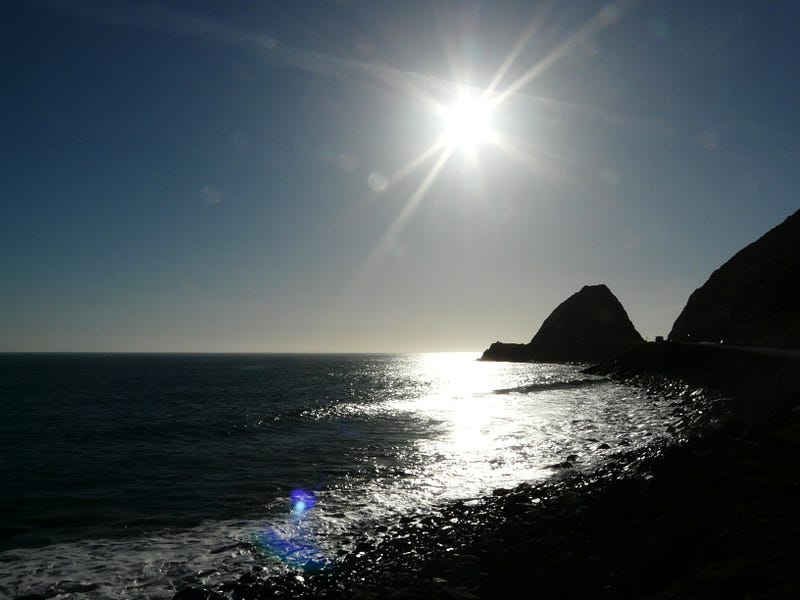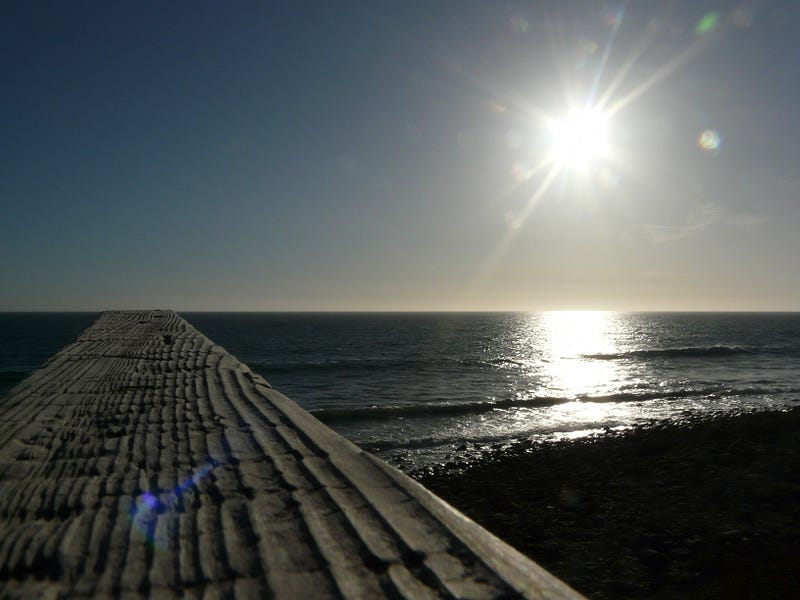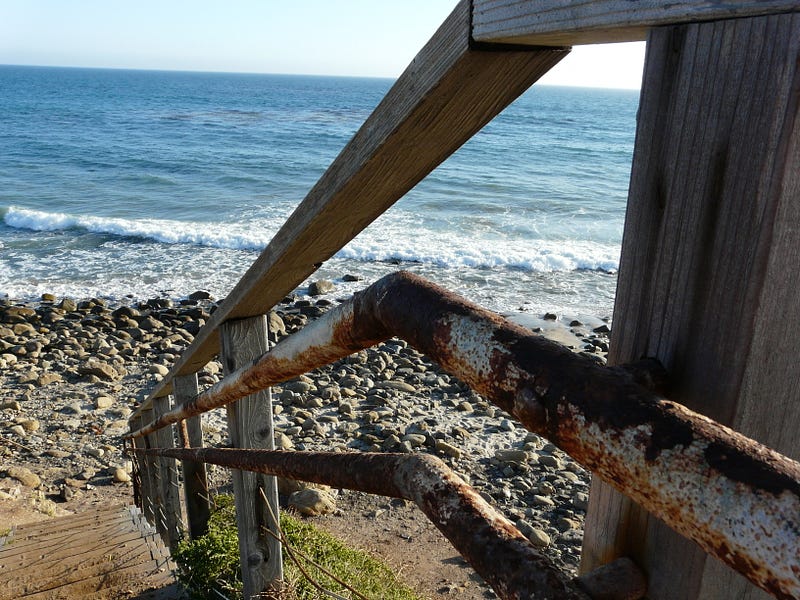generate a new title here, between 50 to 60 characters long
Written on
Chapter 1: The Clash of Ideas
In 1609, Galileo assembled a telescope, enabling him to observe celestial bodies and make bold claims about the universe that, while groundbreaking, were ultimately flawed.
This section highlights the tension between scientific inquiry and established beliefs, illustrating a historical context of conflict.
Section 1.1: The Church's Stance on Galileo
The Roman Catholic Church did not outright dismiss Galileo's astronomical findings; rather, it cautioned him to approach his discoveries with humility. They advised him to be open to the possibility of being incorrect, emphasizing that his theories were merely speculative.
In my teaching career, I often revisited Galileo's trial. The charges of heresy and disobedience he faced in 1633 initially led me to believe that the Church was unjustly suppressing a visionary scientist. However, the truth is far more nuanced and not necessarily favorable to Galileo.
Subsection 1.1.1: Just a Theory
The tension was not merely a conflict between biblical geocentrism and scientific heliocentrism. While the Church maintained that Earth was at the center of the universe, it was open to Galileo's investigations, provided he presented them as theories rather than certainties. The Church urged him to accept the possibility of being proven wrong.
In 2004, Bishop Robert Brom of San Diego published an insightful article regarding Galileo's controversy, which highlighted a central issue: Galileo's stubborn insistence on the absolute correctness of his theory. This perspective is worth considering.
For context, Albert Einstein faced similar challenges a century ago when he disagreed with Willem de Sitter’s expanding universe theory. Ultimately, Edwin Hubble's empirical evidence refuted Einstein's static model. If a mind like Einstein's could be mistaken, what made Galileo immune to scrutiny?

Section 1.2: Understanding the Universe
When Galileo championed the sun’s position as central in the early 1600s, he was building on Copernicus' earlier work. Copernicus, in turn, had echoed the heliocentric ideas of Aristarchus of Samos from the 3rd century B.C. All believed the sun to be central to the universe.
However, the sun is not the center of the universe but rather part of a larger cosmic structure. The modern concept of a multiverse further complicates our understanding, making Galileo seem overly confident in his conclusions.
After discussing these ideas in class, I presented my students with a simulation of our solar system, highlighting how perspective shapes our understanding of celestial arrangements.
Away with the Old
Emerging scientists often challenge the theories of their predecessors, utilizing new tools and insights that can render earlier work obsolete. While we recognize the efforts of past scholars, we cannot help but see them as limited by their context.
Modern scientists often anticipate that their own theories will eventually be upended by future discoveries. The race for recognition in science often comes at the expense of those who laid the groundwork, akin to the Church's struggle against Galileo.
Galileo published his revolutionary findings shortly after his observations in 1609. He might have avoided conflict had he confined his assertions to the realm of science, rather than extending them into theological territory. Like a child discovering Santa Claus, Galileo could not contain his excitement about his revelations.

Pride Comes Before the Fall
By 1614, the Church confronted Galileo over theological issues rather than purely scientific ones. In 1616, they condemned his heliocentric theory but allowed him to explore it academically, provided he maintained a sense of humility.
In 1623, Pope Urban VIII, a friend of Galileo's, permitted him to write about heliocentrism, as long as he didn't present it as the ultimate truth. This led to the publication of his famous work, "Dialogue on the Two World Systems," in which he portrayed the Church as foolish.
Despite this, it took another decade for Galileo to face trial. In 1633, he was sentenced to house arrest rather than execution—not for recanting his heliocentric beliefs, but for mocking the Church and challenging its doctrines. His arrogance ultimately led to his downfall.

Galileo as Our Guide
History textbooks often depict the confrontation between Galileo and the Church as a fundamental divide between science and religion. However, I find it challenging to defend Galileo without acknowledging the shortcomings of other great scientists, including Einstein.
Unintentionally, Galileo taught us the importance of remaining humble in the face of our discoveries. We may believe we have reached the pinnacle of understanding, but history shows that new generations will inevitably challenge our conclusions.
This phenomenon has befallen Galileo, Newton, and Einstein, and it will likely happen to us as well. When we start to belittle and silence dissenting opinions, we risk becoming what we perceive the Church to have been towards Galileo: dogmatic, inflexible, and intolerant—qualities that stand in stark contrast to the essence of scientific inquiry.

Chapter 2: Revisiting Historical Perspectives
The first video, "Was Galileo Wrong? Dr. Bennett Defends His Thesis Regarding Geocentrism," offers an in-depth examination of Galileo's theories and the arguments surrounding them, shedding light on the historical context and the Church's perspective.
The second video, "Two Guys Who Got Everything Wrong About Galileo, the Church, and the Science," critiques the traditional narrative about Galileo, providing an alternative viewpoint that challenges common misconceptions about his conflict with the Church.